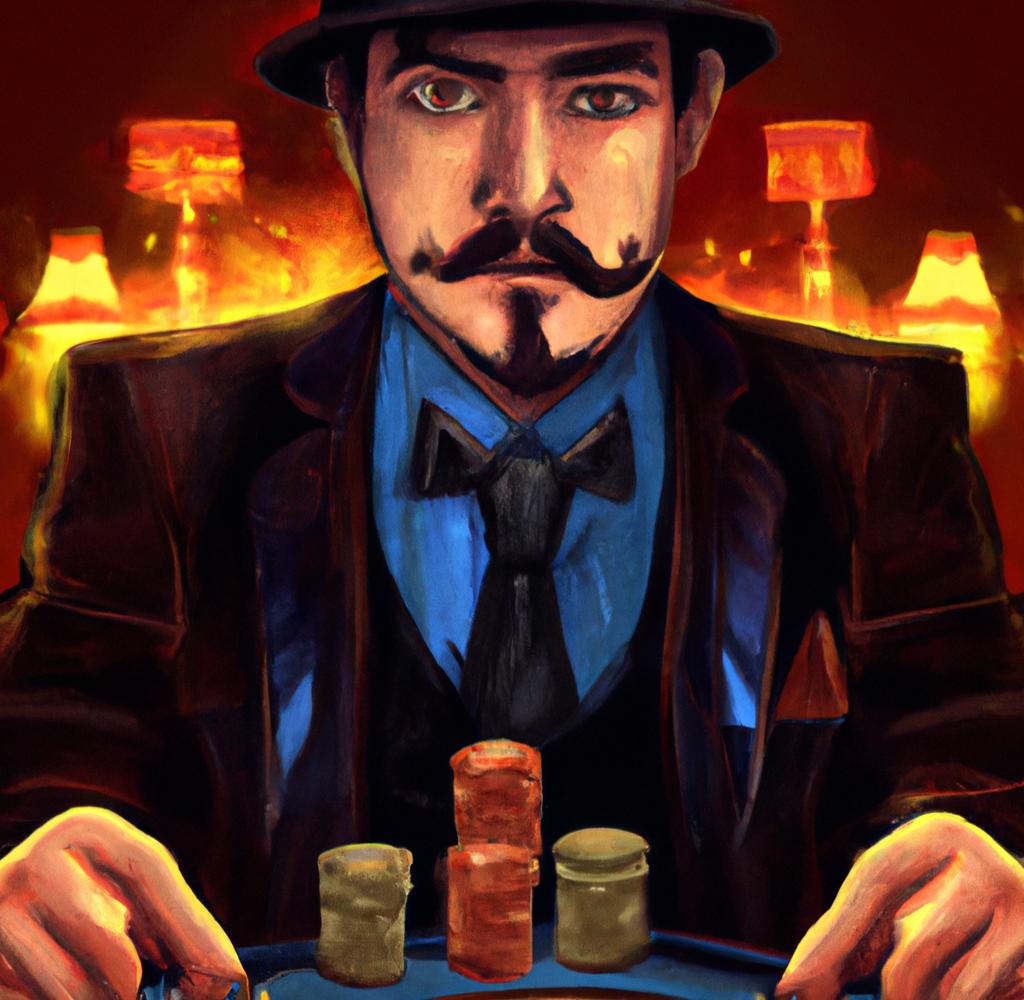Poker is one of the most popular card games in the world, with millions of players worldwide taking part in tournaments and casual games every day. But for beginners, it can be tough to understand the rules and strategies behind the game. In this article, we’ll take a look at one of the most important aspects of poker: the order of dealing.
First and foremost, it’s important to understand that poker is played with a standard deck of 52 cards. The game can be played with as few as two players, but usually involves a group of four or more.
The order of dealing varies depending on the specific type of poker being played. However, there are some general rules that apply to most variations:
1. The dealer position is determined by a small disc known as the dealer button. This button rotates clockwise around the table after each hand, indicating which player will act as the dealer for that round.
2. Before any cards are dealt, all players must place an initial bet known as the “ante” or “blind”. This ensures that there is always money in play and keeps the game moving.
3. Once all players have placed their bets, the dealer will shuffle and deal out the cards one at a time in a clockwise direction starting with the player to their left.
4. In most variations of poker, each player will receive two “hole” cards that are dealt face-down. These cards are only visible to that player and cannot be seen by anyone else at the table.
5. After all players have received their hole cards, a round of betting begins starting with the player to the left of the big blind (the player who placed the largest initial bet). Players can either “call” (match) this bet or “fold” (drop out of hand).
6. Once all bets have been placed or players have folded, three community cards are dealt face-up on the table in what is known as the “flop”. These cards are shared by all players and can be used in combination with their hole cards to form the best possible hand.
7. Another round of betting begins, starting with the player to the left of the dealer button. Players can once again call, raise (increase the bet), or fold.
8. After this round of betting, a fourth community card is dealt face-up on the table. This is known as the “turn”.
9. Another round of betting takes place, with players having the same options as in previous rounds.
10. Finally, a fifth and final community card is dealt face-up on the table in what is known as the “river”. This is followed by one last round of betting.
11. If there are still two or more players left in hand after all bets have been placed, a showdown occurs where each player reveals their hole cards and uses them in combination with the community cards to form their best possible hand. The player with the highest-ranking hand wins the pot (all money that has been bet during that hand).
In summary, the order of dealing in poker follows a set pattern that allows for fair gameplay and strategic decision-making. By understanding these rules and practicing your skills, you can become a successful poker player in no time!


